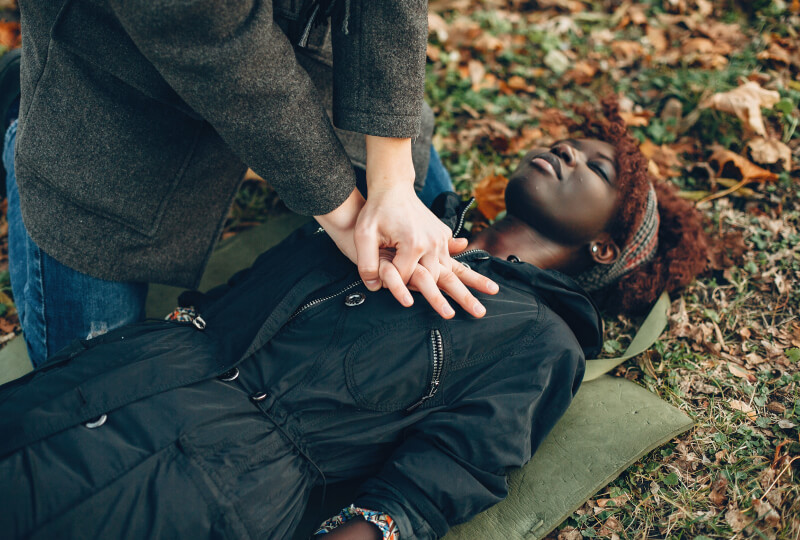- Date
- Category
- Insights
For many Aussie kids, sport is more than just a game – it's where friendships are forged, skills are built, and confidence soars.
But for children living with asthma, hitting the field can bring extra challenges. The good news? With the right knowledge and preparation, asthma doesn’t have to sideline their sporting dreams!
Asthma in Australian Kids: The Real Picture
Asthma is Australia’s most common long-term condition for children, significantly impacting their health.
- High Hospitalisation Rates: In 2021-22, there were 25,500 hospitalisations for asthma in Australia, with children aged 0-14 experiencing a rate three times higher than adults.
- Boys More Affected: During childhood (0-14), boys are more likely to have asthma than girls (10% vs 6.3%).
While specific sport-related hospitalisation data isn’t widely available, we know that physical activity is a common trigger for asthma symptoms. This makes smart management crucial!
Your Child's Winning Playbook: Asthma First Aid (The 4x4x4 Steps)
Knowing what to do in an asthma emergency is vital for every parent, coach, and carer. The Australian Asthma First Aid 4x4x4 plan is a simple, effective method endorsed by peak Australian asthma bodies. Always refer to your child’s individual Asthma Action Plan first, but if that’s not available, follow these steps:
- Sit Them Upright: Help the child sit comfortably upright. Stay calm, be reassuring, and do not leave them alone.
- Give 4 Puffs of Blue/Grey Reliever:
- Shake the blue/grey reliever puffer well.
- Put 1 puff into a spacer.
- Have the child take 4 breaths from the spacer.
- Repeat until 4 puffs have been taken (that’s: shake, 1 puff, 4 breaths, four times!).
- Wait 4 Minutes: If there’s no improvement after 4 minutes, repeat Step 2 (give another 4 puffs).
- Call 000: If there’s still no improvement after the second set of 4 puffs, call Triple Zero (000) for an ambulance immediately. State that someone is having an asthma emergency. Continue giving 4 puffs every 4 minutes until emergency help arrives.
Important: It’s safe to give blue/grey reliever medication even if you’re unsure if it’s asthma. It’s unlikely to cause harm and could be life-saving.
The Power of the Puffer + Spacer Combo
A spacer isn’t just an accessory; it’s a game-changer, especially for kids! Using a spacer with a puffer (pMDI) is highly recommended by Australian guidelines because it:
- Gets Medicine to the Lungs: Spacers ensure more medication reaches the airways, where it’s needed, instead of getting lost in the mouth and throat.
- Makes it Easier: They remove the need for perfect coordination between pressing and inhaling, which can be tricky for children or when breathless.
- Reduces Side Effects: Less medication in the mouth means a lower risk of local side effects like thrush.
- As Effective as Nebulisers: Research confirms that a puffer with a spacer is just as effective and safe as nebulisers for acute asthma – plus, it’s more portable!
- “Tidal Breathing” Friendly: For younger children, normal breathing in and out (4-6 breaths) from the spacer after each puff is an effective way to deliver the medication.
Care Tip: Clean spacers weekly by washing with detergent water (don’t rinse!), then allowing air to dry. This prevents static that can affect medication delivery.
Beyond the Attack: Proactive Play
- Asthma Action Plan: Every child with asthma should have a written Asthma Action Plan, developed with their doctor. Share copies with coaches, teachers, and anyone caring for your child. Review it annually, or every six months for children.
- Pre-Exercise Puff: Many children with exercise-induced asthma benefit from taking their blue/grey reliever 10-15 minutes before physical activity. Discuss this with your doctor.
- Warm-Up & Cool-Down: Encourage proper warm-up and cool-down routines.
- Listen to Their Body: Teach your child to recognise their symptoms and speak up if they’re feeling unwell.
- Avoid Triggers: Where possible, limit exposure to known triggers like cold air (consider indoor sports on very cold days), high pollen counts, or smoke.
Asthma shouldn’t stop kids from enjoying the benefits of sport. By being prepared, understanding the signs, and knowing the critical 4x4x4 first aid steps, you can help your child breathe easy and thrive on the field!
Need more information or a copy of the Australian Asthma First Aid plan? Visit Asthma Australia or the National Asthma Council Australia websites.




